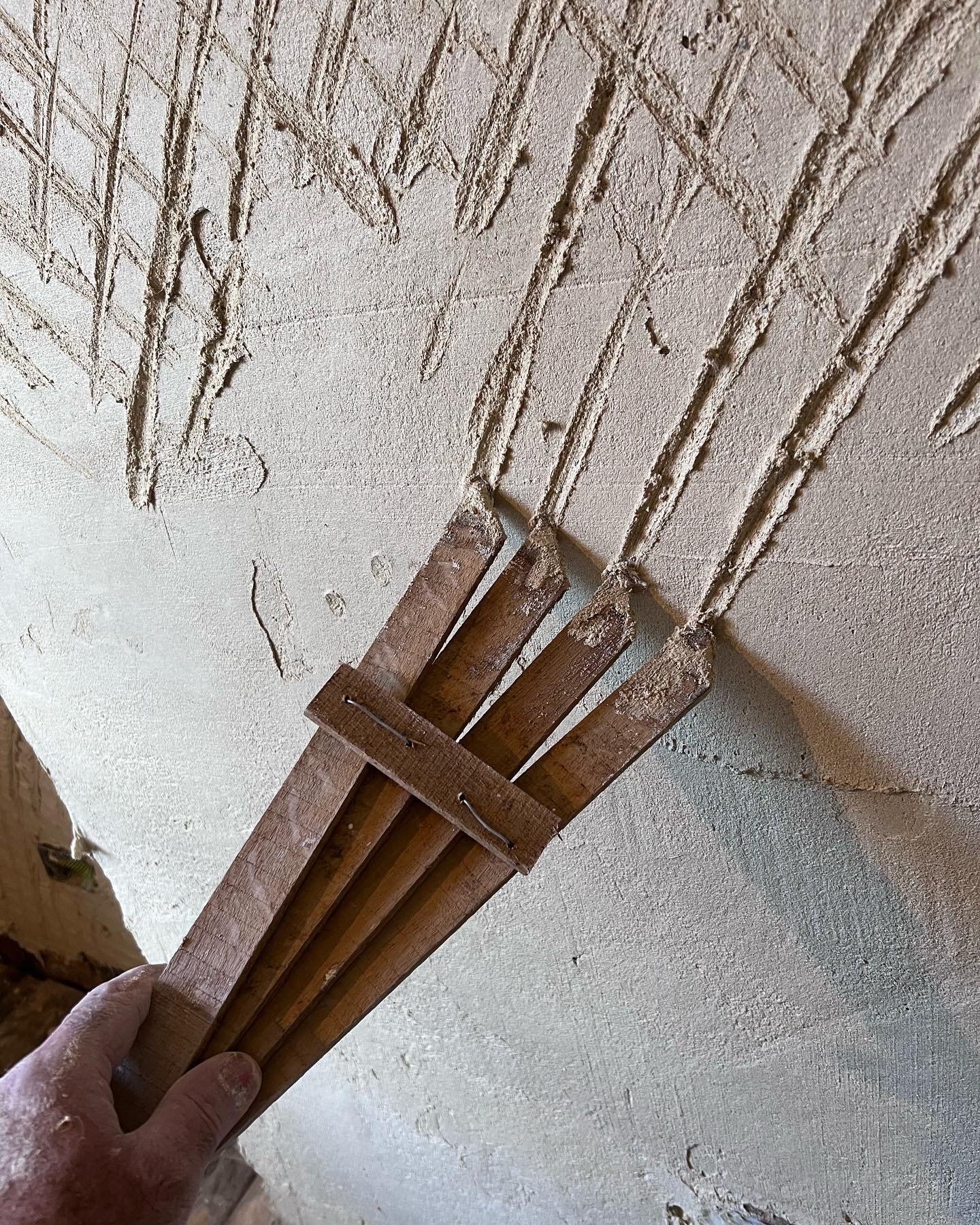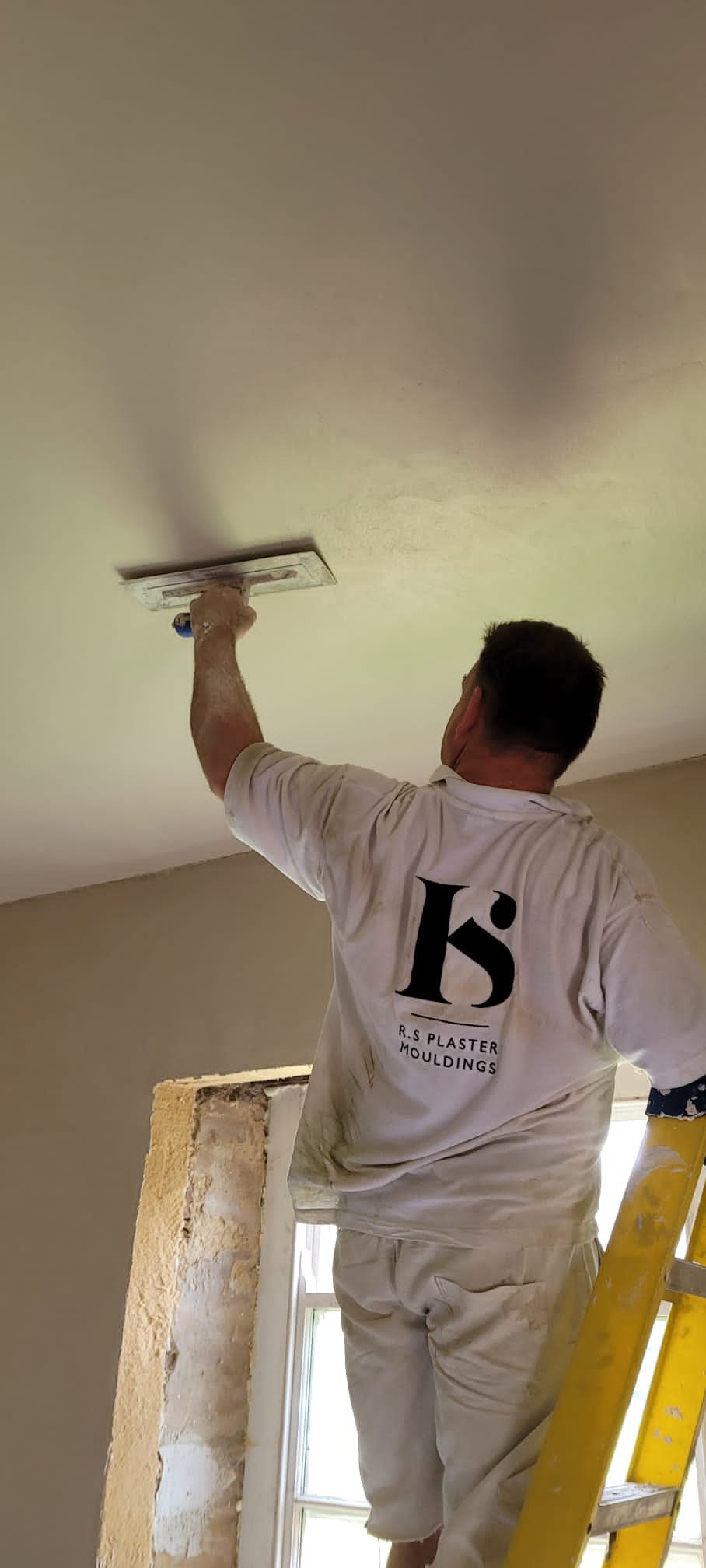
Lime Plastering
Allow them to breathe…
We are an established company, that has been designing and manufacturing plaster mouldings since 2012 and have since added lime plastering restoration to our portfolio.
Our skilled team has years of experience and carry out all aspects of internal lime plastering work to the highest standard.
Where is lime plastering used?
Lime plastering is undertaken in properties mainly from the Georgian, Victorian and Edwardian eras, due to these property types having a solid brick wall without a damp proof course (DPC) or cavity walls.
Moisture from weather enters through solid walls and escapes into inside of the house and vapourises, so we need another way to keep the bricks and plaster dry.
Why do walls need to breathe?
Bricks are porous, this means if the walls are covered in modern non-breathable plaster, the bricks will hold moisture, over time leading to soft/damp bricks, which in turn can crumble and over a length of time, potentially cause structural damage. If incorrect plaster, such as gypsum, cement, damp proofing are used, damp will be caused.
It is vital that in historical properties, lime plaster is used on external facing walls. Properties that have the correct lime plaster, can last up to 200-300 years.
Why can we not just stud wall and plasterboard over a historical substrate?
You can, but, the void between the stud wall and substrate, allows the build up of black mould, which is bad for our health.
A property must have the correct plaster externally and internally, having one but not the other, will not work.
Benefits of lime plastering
It is breathable and prevents damp, as moisture can escape.
Much more environmentally friendly as it produces less carbon dioxide the manufacturing process, and it re-absorbs carbon dioxide during the setting process, lowering its carbon footprint even further.
Very long-lasting, making it a great option for older properties.
It gives soft, natural finish and is flexible, meaning it is less likely to crack or become brittle.
The service we offer
Internal Lime Plastering
We have a highly skilled workforce who carry out lime plastering to the highest standards.
Three Coat Work (Scratch, Float & Finishing) and Lime re-skimming
Lime plastering is applied and built up in thin layers called coats. We use the traditional three coat system and able to offer lime re-skim over old lime plaster that is shabby ie after wallpaper has been removed etc.
Scratch coat
This is the first coat applied to the wall and is made with a coarse aggregate and non-hydraulic lime with hair, to leave a rough and relatively flat surface, which is then heavily scratched. This scratched finish provides a good base for the second coat (float coat) to be applied.
Float Coat
The float coat is made with a medium aggregate with non-hydraulic lime and is applied on top of the scratch coat. The surface is then ruled to give a very flat finish, and it is then lightly scratched (devil float) to leave the base for the setting coat.
Finishing Coat
The setting coat is the final coat and the surface that is visible. The purpose of this coat is to make it ready to receive a decorative finish, for example paint or wallpaper. It is made with a fine aggregate with lime putty, to produce a smooth, flat finish.






